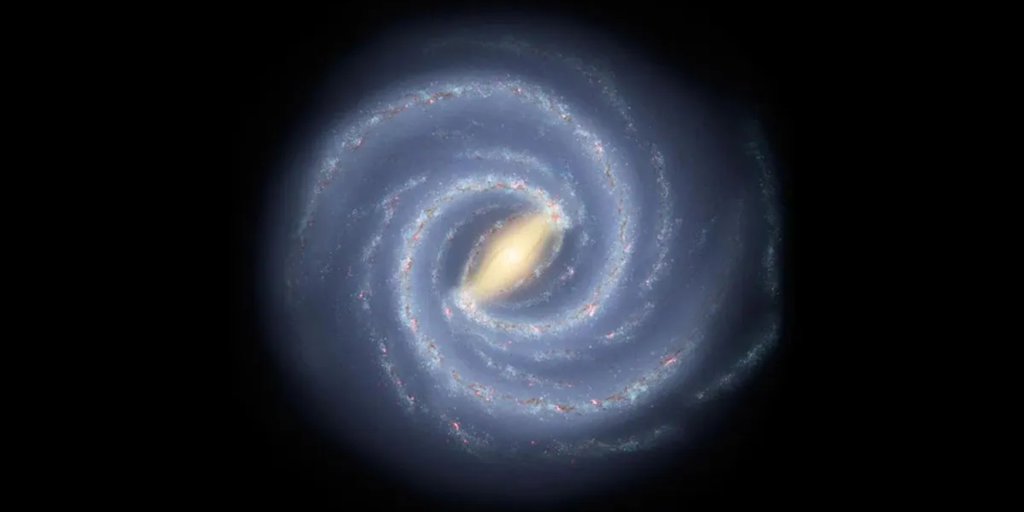The Nature of Galactic Motion
The Milky Way, our home galaxy, is not stationary in the vast universe. It moves through space, influenced by various forces and objects around it. One significant influence on our galaxy is the Local Group, a collection of over 54 galaxies that includes the Milky Way, Andromeda, and several smaller galaxies.

The Milky Way and Andromeda are the two largest galaxies in this group and their mutual gravitational pull causes them to move towards each other, eventually set to collide in about 4.5 billion years.
Gravitational Influences
While the Milky Way is primarily influenced by the gravity of the Local Group, it’s also affected by the gravity of the Virgo Supercluster, a larger assembly of galaxies. The Local Group itself is part of this supercluster, which exerts a substantial gravitational pull on its member galaxies.
However, this gravitational influence is less direct compared to the immediate interactions within the Local Group. Additionally, there is a gravitational phenomenon called the Great Attractor, a region in space with a strong gravitational pull that affects the movement of the Local Group and other galaxy clusters.
Galactic Interaction
Galactic interactions are common in the universe. The Milky Way’s interaction with the Andromeda Galaxy is a prime example of how galaxies can influence each other’s paths. When they eventually collide, the two galaxies will merge to form a new, larger galaxy. These interactions are not unusual and play a crucial role in the evolution of galaxies. The Milky Way, like other galaxies, also has smaller satellite galaxies, such as the Magellanic Clouds, which are gravitationally bound to it and orbit around it.

While the Milky Way does not orbit a single massive object like stars orbit a galactic center, it is part of a complex web of gravitational interactions within the Local Group and the larger Virgo Supercluster. These interactions dictate its movement through the cosmos, showcasing the dynamic nature of our galaxy’s existence in the universe.